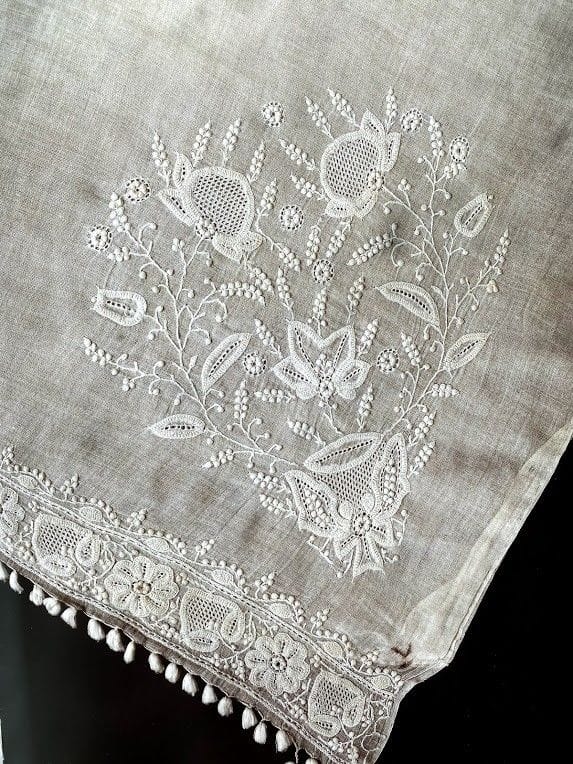[vc_row css_animation="" row_type="row" use_row_as_full_screen_section="no" type="full_width" angled_section="no" text_align="left" background_image_as_pattern="without_pattern"][vc_column][vc_column_text]
Textiles of Africa [caption id="attachment_2947" align="alignleft" width="380"]

A Kuba chief in formal attire. Note the cut pile border. Image from The Worldwide History of Dress.[/caption]
Textiles of Africa occupy a unique spot in the history of world textiles: Their use ranges from clothing, tent awnings, wall hangings, and bed covers: they also indicate the wealth of the owner, and in many cases, his social standing and possessions. Historically, textiles in Africa have also been used as currency. Therefore it is a pity that most western perception of this genre centers on its 'craft.’ Of course, African textiles are craft-based, but they are so much more than that. Africa is a massive continent, with immense cultural and geographical diversity, so the only way to examine its textile traditions in such an article is to divide the elements under heads:











